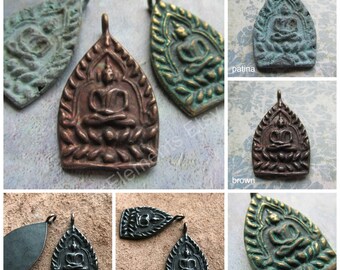
Fortunately, interior designers, architects, and fabricators know that a natural patina can be quickly emulated with the help of chemicals. That being said, natural patination can take years if not decades to develop.

As a result, they develop a color that is often different from that of the base metal–in the case of brass, the hue is often green-brown. Most of the time, a patina occurs naturally as metals are exposed to oxidizing environments, such as the weather or even pollution. In a nutshell, a patina develops when a thin layer of oxidized metal develops on the surface of brass objects, like roofs made from a standard brass metal sheet. If you’ve seen an old church’s metal roof, you’ve probably noticed that it has an aged but sophisticated look that can best be described as “vintage.” Leading brass angle manufacturers and suppliers, like Rotax Metals, say this unique characteristic is called “patina.”

More importantly, exposure to the elements can actually make it look more appealing. Since it contains no iron, rusting won’t ever be a concern. And when rust begins forming, degradation is sure to follow.īut what if like people, certain metals can age gracefully? Such is the case with brass, an alloy made from combining copper and zinc.

If a certain metal has iron in it, exposure to water and oxygen will cause it to oxidize, a process more commonly known as rusting. Of course, metals are not impervious to wear and tear. From the body of your car to the roof over your head, you are sure to find strong objects made out of them. Metals are some of the toughest materials out there.


 0 kommentar(er)
0 kommentar(er)
